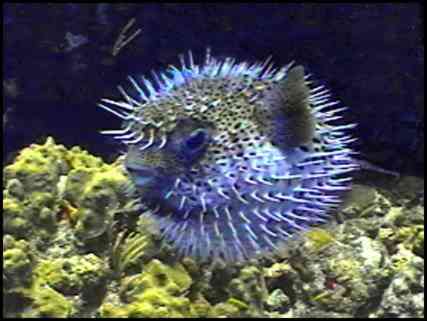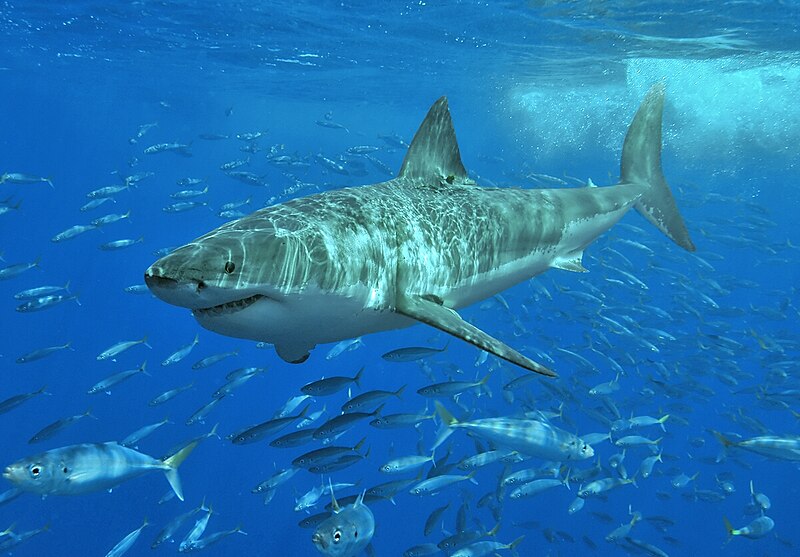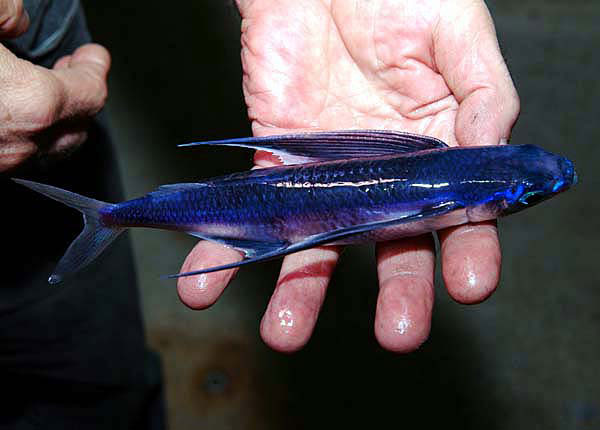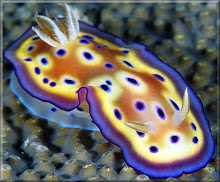
Sharks are the most effective and deadly predators in the oceans of our world. Sharks are perfectly designed aquatic killing machines. There are over 360 known species of sharks, ranging from the tiny dogfish to the massive whale shark.

The bodies of sharks are perfectly designed for quick and decisive strikes. They are streamlined for speed and power in swimming. A shark's skin is covered in tiny teeth which face forward, causing a layer of turbulence around their bodies and making them even more streamlined. The high tech racing suits worn by many swimmers in the Olympics were designed to mimic a shark's skin.

Most sharks are colored to help them disappear into the water. They are a dull gray and darker on top to blend into the deep waters when looking down at them. Their undersides are light, blending in with the light water above.

Sharks have heightened sense organs to help them find prey. These sense organs are packed into their snouts. This causes their noses to be very sensitive. Sharks can often be warded off by a sharp blow to the nose, which causes them great pain. They can smell even a drop of blood in the water for miles, which is why you should never swim when you are bleeding. When sharks smell blood, they often go into a frenzy, lashing wildly at anything that moves. Sharks also have electric receptors and can sense the tiny electric fields emitted by living things. When an animal panics or is afraid, their electrical signals increase and sharks can sense it. This is why it is said that sharks can sense fear. In a way, they can. They can read the heightened electrical activity in terrified prey, and it makes them more likely to attack.

Sharks have massive jaws that actually unhinge to allow them to take huge bites. When a shark bites, its eyes actually sink back in their head to protect them from thrashing enemies and their sharp claws or fins. Their strong jaws are lined with rows of thousands of razor sharp teeth which continually fall out and are replaced.

Man has always feared sharks, but they actually don't normally hunt humans. A shark prefers oily, fatty fish and seals for a meal. Sharks also tend to feed on weak or injured sea creatures. They rarely bother attacking healthy animals unless they are very hungry. Sharks are attracted to blood, splashing, and fear. Each of these things tells a shark that the animal is hurt, and will be an easy meal. If you ever see a shark, stay calm and relax. It will usually just check you out, then leave you alone.

Most shark attacks are a case of mistaken identity. Humans surfing in wetsuits look very similar to seals, which are some of their favorite prey. In the entire world, there are an average of only about 50 shark attacks each year. Only about 5 of these are fatal. On the other hand, there are an average of 520,000 murders worldwide each year. We are over 100,000 times more likely to be killed by a human attack than a shark attack, and we go out in human infested areas each day. So don't let sharks scare you out of the water.
 It's small but you can see the regions where Cone Snails can be found highlighted in yellow. They are mostly located in tropical oceans. Florida is the only place in America that I know of where you can find Cone Snails. Still, if you think you might have found a cone snail, just remember the general rule of the ocean:
It's small but you can see the regions where Cone Snails can be found highlighted in yellow. They are mostly located in tropical oceans. Florida is the only place in America that I know of where you can find Cone Snails. Still, if you think you might have found a cone snail, just remember the general rule of the ocean:

















































